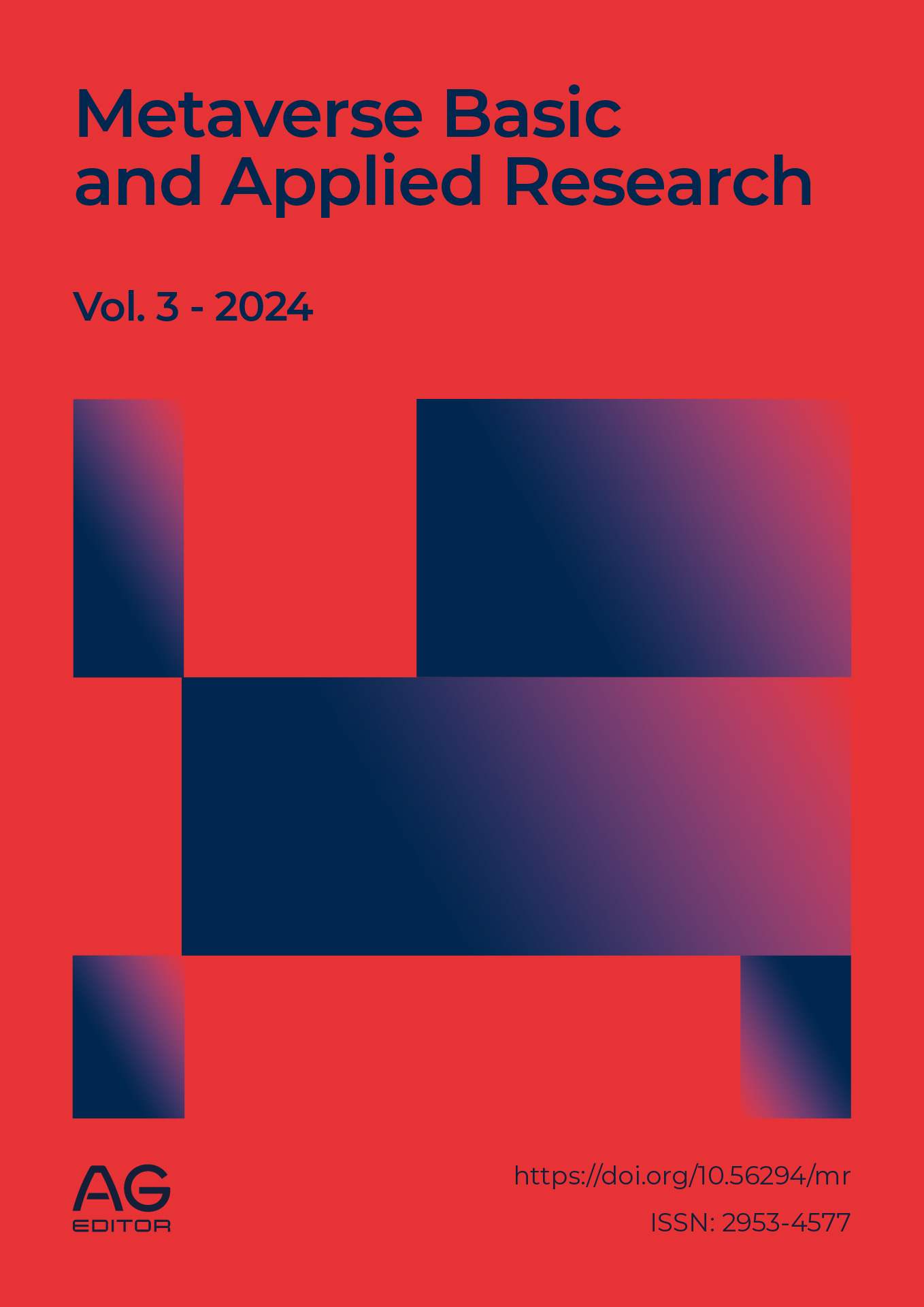Collaborative Learning in Immersive Virtual Environments: A Review of Its Potential in Secondary Education Through Interaction in Metaverses
DOI:
https://doi.org/10.56294/mr2024.96Keywords:
Collaborative Learning, Metaverse, Educational Interaction, Secondary Education, Immersive EnvironmentsAbstract
Introduction: Collaborative learning in secondary education has been recognized as an effective strategy for the development of social, cognitive and emotional skills. In parallel, metaverses have emerged as virtual environments with the potential, to enrich educational interaction through immersive experiences. This article reviews, how collaborative learning is articulated within metaverses, especially from the social, cognitive and emotional dimensions. A narrative review of scientific literature published between 2018 and 2024 in databases such as Scopus, Springer and indexed journals was conducted. Case studies, pilot experiences and theoretical models applied to collaborative learning in immersive environments were analyzed, with emphasis on high school students. The reviewed studies show that metaverses favor teamwork through interaction between avatars, co-construction of tasks and real-time communication. Benefits such as increased motivation, development of social skills and situated learning were identified. Challenges such as the need for teacher training, intentional design of activities, and attention to technological equity were also noted. Collaborative learning in metaverses offers opportunities to transform educational practices in secondary school. To achieve this, solid pedagogical planning, effective teacher mediation and educational policies that guarantee access and inclusion are required. It is proposed to strengthen research and specialized teacher training in immersive virtual environments.
References
Johnson DW, Johnson RT. Cooperative learning and the achievement and socialization crisis in American schools. Learning Together and Alone. 2019;1(1):3–15.
Vygotsky LS. Mind in society: The development of higher psychological processes. Cambridge: Harvard University Press; 1978.
Lee L-H, Braud T, Zhou P, Wang L, Xu D, Lin Z, et al. All one needs to know about Metaverse: A complete survey on technological singularity, virtual ecosystem, and research agenda. Journal of Latex Class Files. 2021;18(1):1–52. https://doi.org/10.48550/arXiv.2110.05352
Radianti J, Majchrzak TA, Fromm J, Wohlgenannt I. A systematic review of immersive virtual reality applications for higher education: Design elements, lessons learned, and research agenda. Computers & Education. 2020;147:103778. https://doi.org/10.1016/j.compedu.2019.103778
Jensen L, Konradsen F. A review of the use of virtual reality head-mounted displays in education and training. Education and Information Technologies. 2018;23:1515–29. https://doi.org/10.1007/s10639-017-9676-0
Garrison DR, Anderson T, Archer W. Critical inquiry in a text-based environment: Computer conferencing in higher education. The Internet and Higher Education. 2000;2(2–3):87–105. https://doi.org/10.1016/S1096-7516(00)00016-6
Pellas N, Kazanidis I. Immersive virtual reality in K–12 and higher education: A systematic review of the literature from 2000 to 2021. Education and Information Technologies. 2022;27(1):565–90. https://doi.org/10.1007/s10639-021-10735-9
Davis N, Antonenko P. Active learning in immersive virtual reality environments: Perspectives from middle school students. British Journal of Educational Technology. 2020;51(5):1699–1717. https://doi.org/10.1111/bjet.12986
Pellas N, Kazanidis I. Immersive virtual reality in K–12 and higher education: A systematic review of the literature from 2000 to 2021. Education and Information Technologies. 2022;27(1):565–90. https://doi.org/10.1007/s10639-021-10735-9
Metcalf S, Kamarainen A, Tutwiler M, Grotzer T, Dede C. EcoMUVE: A Case Study of Technology-Enhanced Inquiry for Middle School Science. The Journal of Educational Research. 2020;113(2):109–122. https://doi.org/10.1080/00220671.2019.1570386
Jensen L, Konradsen F. A review of the use of virtual reality head-mounted displays in education and training. Education and Information Technologies. 2018;23(4):1515–29. https://doi.org/10.1007/s10639-017-9676-0
Kallioniemi A, Husu J. Virtual School Finland: Collaborative learning in 3D game-based environments. Journal of Educational Multimedia and Hypermedia. 2019;28(2):171–186.
Rincón-Romero ME, Sierra-Piedrahita A. Metaverso y educación histórica: una experiencia inmersiva en secundaria. Revista Colombiana de Educación. 2022;1(84):125–147. https://doi.org/10.17227/rce.num84-13936
Published
Issue
Section
License
Copyright (c) 2024 Eva Marisela Chipugsi Caiza, Mercy Pilar Heredia Jarrin, Fernando Daniel Bayas Cueva (Author)

This work is licensed under a Creative Commons Attribution 4.0 International License.
The article is distributed under the Creative Commons Attribution 4.0 License. Unless otherwise stated, associated published material is distributed under the same licence.






